

Allan Savory: How to fight desertification and reverse climate change. Basic Beekeeping. A World Without Bees. Bee-Hexagon - Start, News. Arbre du Ténéré. Coordinates: Tree of Ténéré (1961)

List of trees. The following is a list of notable trees from around the world.
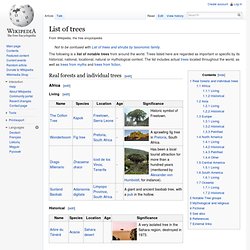
Trees listed here are regarded as important or specific by its historical, national, locational, natural or mythological context. The list includes actual trees located throughout the world, as well as trees from myths and trees from fiction. Real forests and individual trees[edit] Africa[edit] Living[edit] Landscape architecture. Definition[edit]
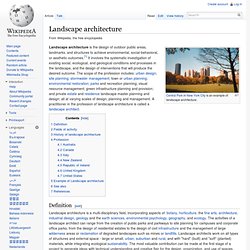
Oilbird. The Oilbird (Steatornis caripensis), locally known as the guácharo, is a bird found in the northern areas of South America (including the island of Trinidad in the Republic of Trinidad and Tobago).
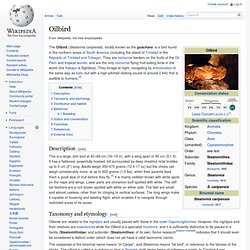
They are nocturnal feeders on the fruits of the Oil Palm and tropical laurels, and are the only nocturnal flying fruit-eating birds in the world (the Kakapo is flightless). They forage at night, navigating by echolocation in the same way as bats, but with a high-pitched clicking sound of around 2 kHz that is audible to humans.[2] Description[edit] This is a large, slim bird at 40–49 cm (16–19 in), with a wing span of 95 cm (3.1 ft). It has a flattened, powerfully hooked, bill surrounded by deep chestnut rictal bristles up to 5 cm (2") long. Taxonomy and etymology[edit] Facts About Pansies. Facts About Amaranthus. Some Facts on Lotus Flower. Ibogaine. Ibogaine is a naturally occurring psychoactive substance found in plants in the Apocynaceae family such as Tabernanthe iboga, Voacanga africana and Tabernaemontana undulata.
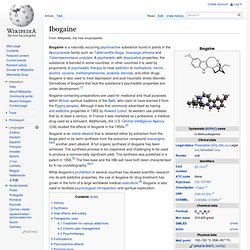
A psychedelic with dissociative properties, the substance is banned in some countries; in other countries it is used by proponents of psychedelic therapy to treat addiction to methadone, heroin, alcohol, cocaine, methamphetamine, anabolic steroids, and other drugs. Ibogaine is also used to treat depression and post traumatic stress disorder. Derivatives of ibogaine that lack the substance's psychedelic properties are under development.[1] Ibogaine-containing preparations are used for medicinal and ritual purposes within African spiritual traditions of the Bwiti, who claim to have learned it from the Pygmy peoples. Although it was first commonly advertised as having anti-addictive properties in 1962 by Howard Lotsof, its western use predates that by at least a century. History[edit] World on the verge of the last great land grab - environment - 14 July 2008. Forests will be hard hit to meet the needs of a rapidly expanding world population, experts warn.

In two reports, they say that booming demand for food, fuel and wood as the world's population surges from 6 to 9 billion will put unprecedented and unsustainable demand on the world's remaining wooded ecosystems. "Arguably, we are on the verge of the last great global land grab," says Andy White, co-author of Seeing People Through the Trees, one of the two reports which are both published by Rights and Resources Initiative (RRI), a US organisation. White's report said that unless agricultural productivity rises sharply, new land equivalent in size to 12 times the area of Germany will have to be cultivated for crops to meet food and biofuel demand by 2030.
Forest loss Virtually all of it is likely to be in developing countries, principally land that is currently forested. "Unless steps are taken, traditional forest owners, and the forests themselves, will be the big losers," says White. Motuo, the last untouched county in China - Culture China. The virgin forest in Motuo County wreathed in mist.
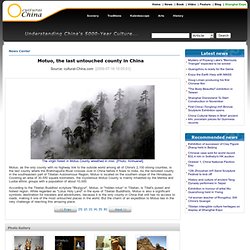
[Photo: Xinhuanet] Motuo, as the only county with no highway link to the outside world among all of China's 2,100 strong counties, is the last county where the Brahmaputra River crosses over in China before it flows to India. The Rarest and Most Mysterious Orchid: the Ghost Orchid. Tree That Owns Itself. Son of The Tree That Owns Itself in 2005.

The Tree That Owns Itself is a white oak tree, widely assumed to have legal ownership of itself and of all land within eight feet (2.4 m) of its base. The tree, also called the Jackson Oak, is located at the corner of South Finley and Dearing Streets in Athens, Georgia, United States. Erowid. Orchidaceae. Etymology[edit] The name comes from the Ancient Greek ὄρχις (órkhis), literally meaning "testicle", because of the shape of the root in the type genus Orchis.[5][6] Carl Linnaeus classified the family as Orchidaceae.
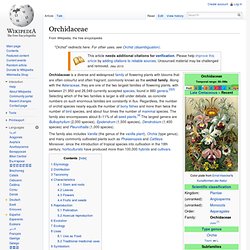
Orchid was introduced in 1845 by John Lindley in School Botany, in an attempt to extract a Latin stem (orchis) from Orchidaceae. These flowers were previously called Orchis, Satyrion (Satyrion feminina), or "ballockwort". Distribution[edit] The following list gives a rough overview of their distribution:[citation needed] Oceania: 50 to 70 generaNorth America: 20 to 26 generatropical America: 212 to 250 generatropical Asia: 260 to 300 generatropical Africa: 230 to 270 generaEurope and temperate Asia: 40 to 60 genera.